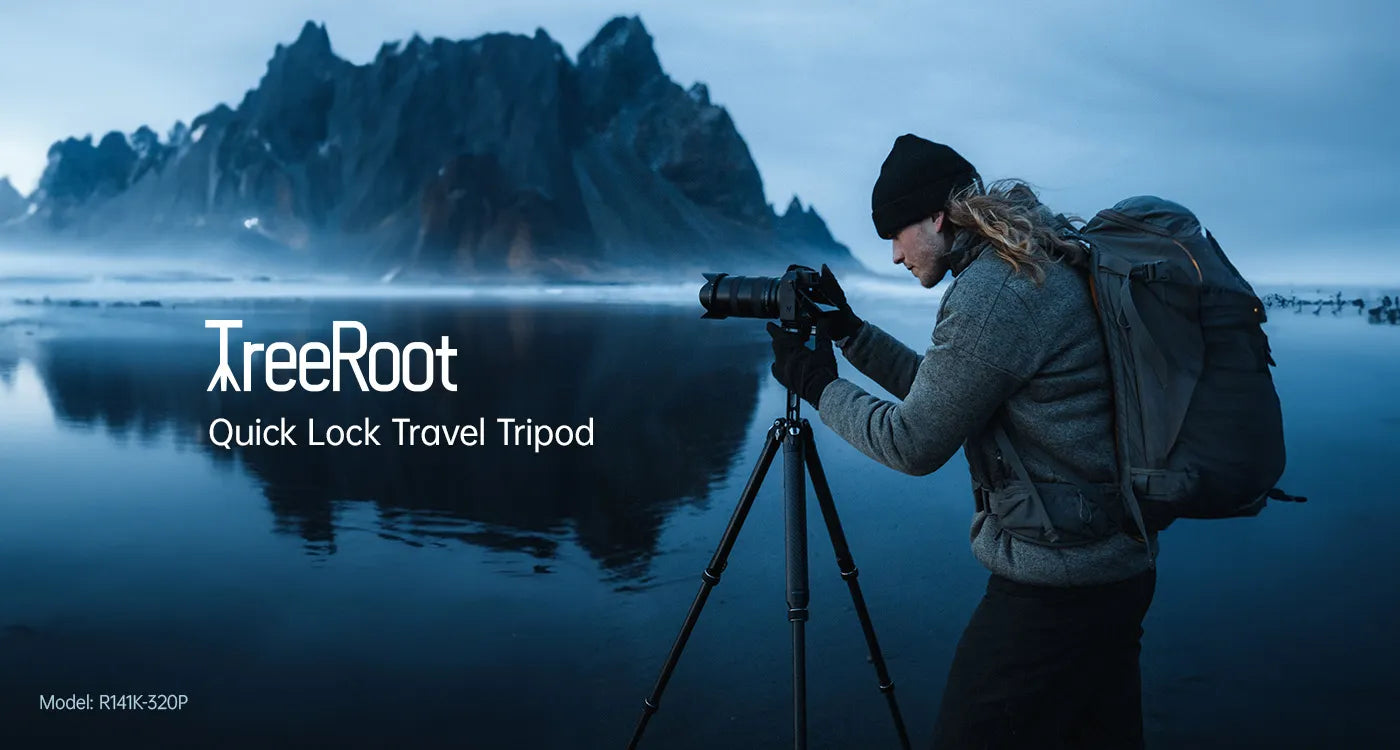Uncover the Secrets to Budget-Friendly Tripods Every Aspiring Photographer Needs!
For beginner photographers, a tripod is not just an accessory; it’s an essential tool that opens up a world of creative possibilities. Stability is crucial in photography, and a tripod provides the necessary support to capture sharp images, especially in low-light conditions or when using slower shutter speeds. It allows novice photographers to experiment with long exposures, capture stunning landscapes, and even take self-portraits without the hassle of finding someone to click the shutter. However, with so many options available, the focus on affordability becomes essential. Choosing a budget-friendly tripod doesn’t mean sacrificing quality; instead, it encourages budding photographers to invest wisely in their equipment and enhance their skills without breaking the bank.

Understanding the Basics of Tripods
A tripod is a three-legged stand that supports a camera, ensuring stability and reducing the risk of blurry images. Its essential components include the legs, which can be adjusted for height and angle, and the head, which allows for the camera to be aligned and tilted. There are various types of tripods available, each designed for specific needs. Full-size tripods are sturdy and ideal for studio or landscape photography, while compact tripods are lightweight and portable, perfect for travel. Flexible tripods, on the other hand, can be wrapped around objects, making them versatile for unique shooting angles. Understanding these basic types helps beginner photographers choose a tripod that aligns with their shooting style and requirements, resulting in better photographs.
Key Features to Look for in an Affordable Tripod
When selecting an affordable tripod, several key features should be considered to ensure it meets the needs of a beginner photographer. First, the height of the tripod is crucial; it should be tall enough to achieve eye-level shots without the need for bending or crouching. Additionally, weight matters—lighter tripods are easier to carry but may sacrifice stability. Material also plays a role; aluminum is a common choice for budget tripods, offering a balance between weight and sturdiness. Stability is perhaps the most critical feature; a tripod should have rubber feet or spikes to prevent slipping on various surfaces. Finally, the type of head is important, as it dictates how the camera is mounted and adjusted. A pan-tilt head offers flexibility for different angles, while a ball head allows for quick adjustments, making it easier to capture the perfect shot.
Top Affordable Tripod Options for Beginners
There are several affordable tripod options suitable for beginner photographers, each with distinct advantages. Full-size tripods typically offer greater stability and a higher weight capacity, making them excellent for landscape photography. Many of these tripods feature adjustable legs for uneven terrain, which is a significant advantage for outdoor shooting. However, they can be cumbersome to carry. Compact tripods, on the other hand, are designed for portability and ease of use. They are lightweight and fold up neatly, making them perfect for travel photography enthusiasts. While they may not be as stable as full-size tripods, they are often more affordable and suitable for casual shooting. Lastly, flexible tripods provide unique versatility, allowing users to attach their cameras to various surfaces and achieve creative angles. While these may not offer the same level of stability as traditional tripods, they are excellent for innovative photography styles. Each type has its pros and cons, and the best choice will depend on the photographer’s needs and shooting conditions.
Tips for Using a Tripod Effectively
To make the most of a tripod, beginners should familiarize themselves with its setup and usage. Begin by ensuring the legs are fully extended and locked in place to maintain stability. For landscape photography, consider using the lowest ISO settings and a small aperture to enhance depth of field, using the tripod to keep the camera steady. In portrait photography, adjust the tripod height to eye level for flattering angles. For night photography, a tripod is essential for capturing long exposures; using a remote shutter release can minimize camera shake. Maintenance is crucial as well; clean the legs and head regularly to prevent dirt buildup and ensure smooth operation. Proper care extends the life of the tripod, making it a reliable companion for all types of photography.
Making Informed Choices for Your Photography Journey
Choosing the right affordable tripod is a crucial step for beginner photographers aiming to enhance their skills and creativity. By understanding the different types of tripods, their key features, and practical tips for effective use, aspiring photographers can make informed decisions that suit their needs. Investing in a budget-friendly tripod not only enhances stability but also encourages exploration and experimentation in photography. With the right equipment in hand, the possibilities for capturing stunning images are endless, paving the way for growth and improvement in their photographic journey.







